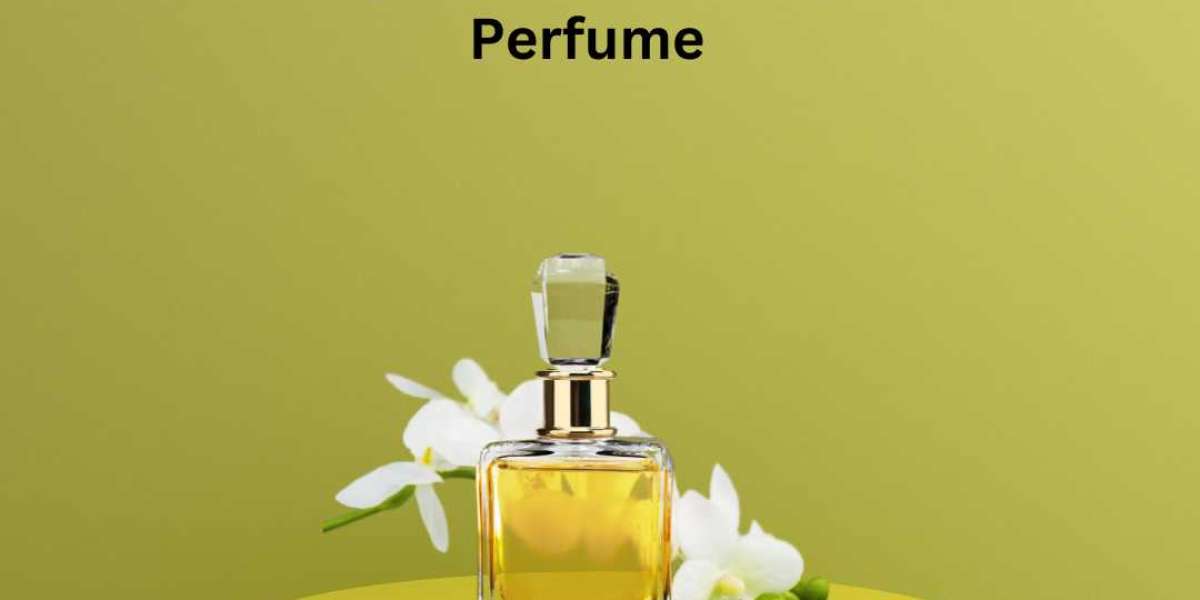Perfume enthusiasts and aficionados alike have long been captivated by the allure of Oud Perfume, a fragrance with a rich and storied history that spans centuries. In this comprehensive exploration, we delve into the origins, cultural significance, and enduring appeal of this timeless scent.
Origins of Oud Perfume
Oud, also known as agarwood, is derived from the resinous heartwood of the Aquilaria tree, which is native to the dense forests of Southeast Asia. The process of extracting oud is intricate and labor-intensive, involving the careful harvesting and distillation of the resin.
Historically, oud has been revered for its distinctive aroma and therapeutic properties. Its use dates back thousands of years, with evidence of its presence in ancient civilizations such as Egypt, India, and China. In these cultures, oud was prized for its mystical allure and believed to possess mystical and healing qualities.
Cultural Significance
Across the Middle East, Asia, and beyond, oud holds profound cultural significance. It is deeply ingrained in various traditions, ceremonies, and rituals, symbolizing luxury, status, and spirituality.
In Arabian culture, oud is synonymous with hospitality and generosity. It is customary to offer guests the scent of oud as a gesture of welcome and respect. Similarly, in Islamic rituals, oud is often used during religious ceremonies and prayers as a means of purification and spiritual elevation.
In India, oud is treasured for its therapeutic properties and is frequently used in Ayurvedic medicine to treat a myriad of ailments. It is also a key ingredient in traditional Indian perfumery, known as attar, where it is blended with other botanical essences to create exquisite fragrances.
The Appeal of Oud Perfume
What sets oud perfume apart is its complexity and depth of character. Unlike synthetic fragrances, which can often feel one-dimensional, oud boasts a multi-layered scent profile that evolves over time, revealing new nuances with each wear.
The aroma of oud is often described as woody, balsamic, and slightly sweet, with hints of leather, spice, and earthiness. It has a remarkable ability to evoke a sense of nostalgia and intrigue, transporting the wearer to distant lands and ancient civilizations.
Furthermore, oud perfume is highly coveted for its longevity and sillage, lingering on the skin for hours on end and leaving a captivating trail wherever you go. It is a fragrance that commands attention and leaves a lasting impression, making it a staple in the collections of discerning connoisseurs.
Modern Trends and Innovations
While oud perfume has deep roots in tradition, it continues to evolve and adapt to modern sensibilities. In recent years, perfumers have experimented with innovative techniques and ingredients to create contemporary interpretations of this timeless scent.
From bold and daring compositions that push the boundaries of olfactory artistry to subtle and understated blends that celebrate the essence of oud, there is a vast array of options available to suit every taste and preference.
Perfume is more than just a fragrance; it's a reflection of culture, history, and artistry. Among the most prized and enigmatic scents in the world of perfumery is oud. Originating from the resinous heartwood of agarwood trees, oud has captivated senses for centuries with its deep, complex aroma. Let's embark on a journey through time and delve into the rich history of oud perfume.
Ancient Origins:
The story of oud begins thousands of years ago, in the dense forests of Southeast Asia. Agarwood, the source of oud, is formed when certain species of trees, particularly Aquilaria and Gyrinops, become infected with a specific type of mold. In response to this infection, the tree produces a resin to protect itself, resulting in the formation of agarwood, also known as 'liquid gold' due to its rarity and value.
Traditional Uses:
Historically, agarwood and oud oil were highly prized commodities in various cultures across Asia and the Middle East. In ancient civilizations such as Egypt, India, and China, oud was revered for its medicinal properties and used in traditional healing practices. It was believed to possess mystical qualities and was often burned as incense during religious ceremonies and meditation.
Symbol of Luxury:
As trade routes expanded during the medieval period, oud became increasingly sought after in the courts of royalty and nobility. Its rarity and exquisite aroma made it a symbol of luxury and prestige. Oud was not only used as a fragrance but also as a status symbol, with rulers gifting it to visiting dignitaries and as a mark of favor among allies.
Oud in Perfumery:
The art of perfumery has a long and illustrious history, with oud playing a significant role in many traditional fragrance compositions. In the Middle East, particularly in countries like Saudi Arabia, the United Arab Emirates, and Qatar, oud has been used for centuries to create rich, opulent scents known as 'attars' or 'ittars.' These perfumes are often crafted using traditional distillation methods, where the agarwood chips are soaked in water and then distilled to extract the precious oud oil.
Global Influence:
In recent years, oud has gained popularity beyond its traditional heartlands and has become a staple ingredient in the perfumery industry worldwide. Renowned perfumers and luxury brands have embraced oud, incorporating it into their creations to add depth, complexity, and a touch of exoticism. Oud fragrances are prized for their longevity and unique ability to evolve on the skin, creating an aura of sophistication and allure.
Modern Innovation:
While oud perfumes continue to pay homage to tradition, modern perfumers have also pushed the boundaries of creativity, experimenting with innovative techniques and blends. Oud is often combined with other precious ingredients such as rose, saffron, amber, and patchouli to create captivating olfactory experiences that cater to contemporary tastes while still honoring oud's rich heritage.
Sustainability Concerns:
Despite its popularity, the increasing demand for oud has raised concerns about sustainability and conservation. Agarwood trees are now endangered in many parts of the world due to overharvesting and habitat loss. Recognizing the importance of preserving this precious resource, efforts are being made to promote sustainable harvesting practices and cultivate agarwood trees in controlled environments to ensure a future supply of oud for generations to come.
The rich history of oud perfume is a testament to its enduring allure and universal appeal. From its ancient origins to its modern-day manifestations, oud continues to captivate and inspire generations of perfume enthusiasts around the globe.
Whether you're drawn to its mystical aura, cultural significance, or simply its intoxicating scent, oud perfume remains an emblem of luxury, elegance, and sophistication.








